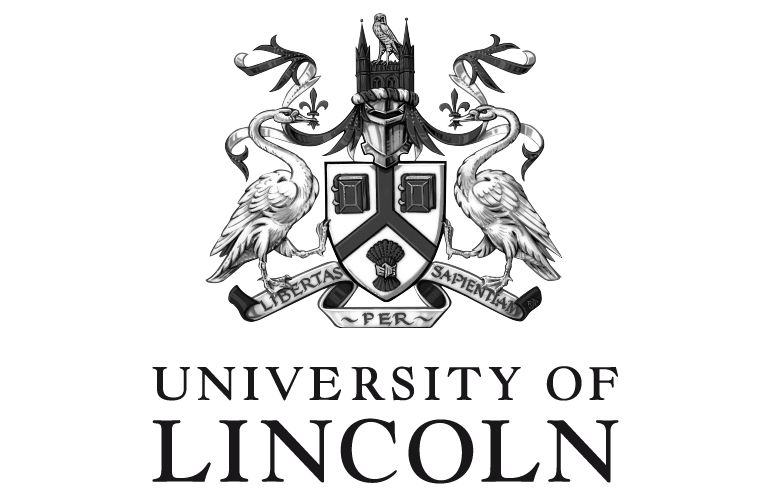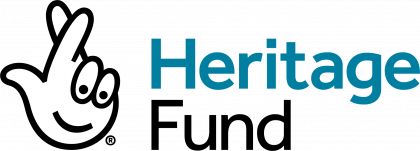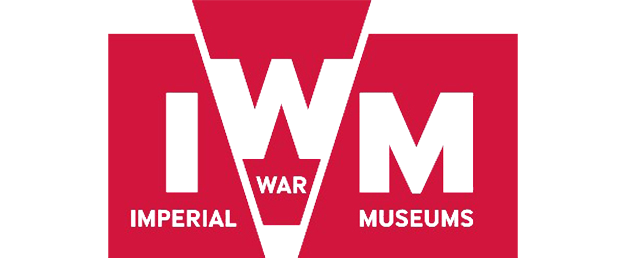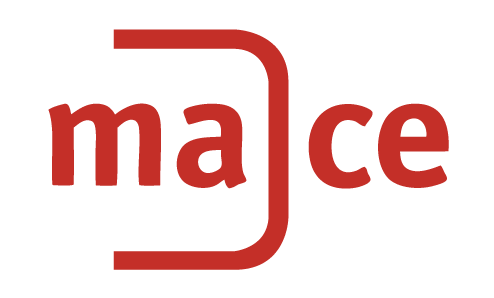Event
Institutions in the 21st Century
Jacquie Grainger (RUSI) & Dr Kristen Schuster (King’s College, London) ‘Heritage lost and found: the RUSI Museum and rediscovery through student participation’
Abstract:
We will present our paper in two parts. First, we will provide an overview of the history of the Royal United Service Institute (RUSI) museum (1831-1962), its collections, its closure and the dispersal of its collections as a collective memory of the rise and fall of empire. Inaugurated at a dinner in The Thatched Tavern, St James, the museum was in Vanburgh House, Whitehall Yard, and then moved to Banqueting House in 1895. Now forgotten, it was once a successful visitor attraction and the Charity Commission intervened in the dispersal of its significant collections. Now, the legacy of these collections can be found in many other collections such as the Imperial War Museum. Now the RUSI Archive holds the museum’s card catalogue, and other documentation, which has the potential for us to virtually rediscover this ‘lost’ museum. Following our review of RUSI’s lost museum, we will discuss the value of academics forming partnerships with cultural heritage institutions. We will base this portion of our presentation on our experiences managing two student participation projects hosted at RUSI. Over the past two academic terms, students enrolled in Digital Archives and Research Data Management have explored methods for implementing best practice guidelines for digitizing, organizing and preserving museum records. Our discussion of student work will reflect on methods for designing engaging curriculum that encourages students to practice record keeping for cultural heritage institutions, gain practical experience in developing confidence, skills and expertise pertinent to future professional practice. Overall, our presentation will offer strategies for integrating theories and practices from archives and records management into digital humanities curriculum.
Sarah Allen (in private practice) & Abby Matthews (Sutton Local Studies & Archives Collection) ‘The Knights-Whittome Collection: A pain in the glass?’
Abstract:
The Knights-Whittome photographic archive of 10,000 Edwardian glass plate negatives was rescued from a damp basement in a London high street in 1978, having previously been abandoned and then forgotten about since the closure of the photographic studio in 1918. Unsurprisingly, the collection was consequently in incredibly poor condition and languished in Sutton Library for 30 years until a successful UK Heritage Lottery Funded bid in 2014, under the banner of the “Past on Glass” (see the project blog here https://pastonglass.wordpress.com/). The project aimed to conserve, catalogue and digitise this unique time capsule of a high-street studio, who was also photographer to the King and active during a seminal period of British History. This paper discusses the challenges of conserving, digitising and cataloguing a glass plate negative collection in such poor condition against budget and time constraints. It particularly explores the Heritage Dot theme of partnerships – and how, through innovative collaborations with volunteers, outreach programmes and educational establishments (including the University of Lincoln’s Conservation Department) this collection’s potential was successfully unlocked.
Chris Pickup (Nottingham Trent University) ‘Research, Imaging and Interpretation in the Heritage Sector’
Abstract:
A research-enabled museum is one that has the funding and remit to carry out scientific research into its collection. However, this represents only a percentage of the holders of our nation’s material culture. Many museums based within our regions have no such remit and are focused on public engagement. This is problematic, as only scientific research that can deliver a public engagement output is viable. It is also the case that many of these museums no longer support the facility and staffing to engage in scientific research activity. However, universities are interested in research being impactful to meet the needs of the REF. This has produced an increased interest in reaching wider audiences through research and suggests the potential for a symbiotic relationship. The university provides research-enablement to a non-research-enabled museum with both stakeholders wanting public engagement. A case study was established, researching items from the collection of Nottingham Museum and Art Gallery with research-enablement provided by Nottingham Trent University’s heritage science unit ISAAC. This allowed the team to experience the challenges of delivering a rigorous scientific output and then presenting that to the end user as a relevant public engagement (Mind the Gap: Dillon et al 2014). This case study enabled an investigation of the different motivations and barriers for the two stakeholders that did not automatically align. A level of symbiosis was achieved by employing 3D animation and film to communicate the research process and provide a public engagement platform for it. The investigation then embarked on a programme of interviews with professionals outside the case study to contextualise the research. The overall conclusions now being reached are that many difficulties are generated by a lack of empathy between the academic and museum environments which is surmountable but requires substantial co-productive management skill and planning.
Abstract:
We will present our paper in two parts. First, we will provide an overview of the history of the Royal United Service Institute (RUSI) museum (1831-1962), its collections, its closure and the dispersal of its collections as a collective memory of the rise and fall of empire. Inaugurated at a dinner in The Thatched Tavern, St James, the museum was in Vanburgh House, Whitehall Yard, and then moved to Banqueting House in 1895. Now forgotten, it was once a successful visitor attraction and the Charity Commission intervened in the dispersal of its significant collections. Now, the legacy of these collections can be found in many other collections such as the Imperial War Museum. Now the RUSI Archive holds the museum’s card catalogue, and other documentation, which has the potential for us to virtually rediscover this ‘lost’ museum. Following our review of RUSI’s lost museum, we will discuss the value of academics forming partnerships with cultural heritage institutions. We will base this portion of our presentation on our experiences managing two student participation projects hosted at RUSI. Over the past two academic terms, students enrolled in Digital Archives and Research Data Management have explored methods for implementing best practice guidelines for digitizing, organizing and preserving museum records. Our discussion of student work will reflect on methods for designing engaging curriculum that encourages students to practice record keeping for cultural heritage institutions, gain practical experience in developing confidence, skills and expertise pertinent to future professional practice. Overall, our presentation will offer strategies for integrating theories and practices from archives and records management into digital humanities curriculum.
Sarah Allen (in private practice) & Abby Matthews (Sutton Local Studies & Archives Collection) ‘The Knights-Whittome Collection: A pain in the glass?’
Abstract:
The Knights-Whittome photographic archive of 10,000 Edwardian glass plate negatives was rescued from a damp basement in a London high street in 1978, having previously been abandoned and then forgotten about since the closure of the photographic studio in 1918. Unsurprisingly, the collection was consequently in incredibly poor condition and languished in Sutton Library for 30 years until a successful UK Heritage Lottery Funded bid in 2014, under the banner of the “Past on Glass” (see the project blog here https://pastonglass.wordpress.com/). The project aimed to conserve, catalogue and digitise this unique time capsule of a high-street studio, who was also photographer to the King and active during a seminal period of British History. This paper discusses the challenges of conserving, digitising and cataloguing a glass plate negative collection in such poor condition against budget and time constraints. It particularly explores the Heritage Dot theme of partnerships – and how, through innovative collaborations with volunteers, outreach programmes and educational establishments (including the University of Lincoln’s Conservation Department) this collection’s potential was successfully unlocked.
Chris Pickup (Nottingham Trent University) ‘Research, Imaging and Interpretation in the Heritage Sector’
Abstract:
A research-enabled museum is one that has the funding and remit to carry out scientific research into its collection. However, this represents only a percentage of the holders of our nation’s material culture. Many museums based within our regions have no such remit and are focused on public engagement. This is problematic, as only scientific research that can deliver a public engagement output is viable. It is also the case that many of these museums no longer support the facility and staffing to engage in scientific research activity. However, universities are interested in research being impactful to meet the needs of the REF. This has produced an increased interest in reaching wider audiences through research and suggests the potential for a symbiotic relationship. The university provides research-enablement to a non-research-enabled museum with both stakeholders wanting public engagement. A case study was established, researching items from the collection of Nottingham Museum and Art Gallery with research-enablement provided by Nottingham Trent University’s heritage science unit ISAAC. This allowed the team to experience the challenges of delivering a rigorous scientific output and then presenting that to the end user as a relevant public engagement (Mind the Gap: Dillon et al 2014). This case study enabled an investigation of the different motivations and barriers for the two stakeholders that did not automatically align. A level of symbiosis was achieved by employing 3D animation and film to communicate the research process and provide a public engagement platform for it. The investigation then embarked on a programme of interviews with professionals outside the case study to contextualise the research. The overall conclusions now being reached are that many difficulties are generated by a lack of empathy between the academic and museum environments which is surmountable but requires substantial co-productive management skill and planning.
Event Timeslots (1)
LPAC STUDIO X
-
Grainger & Schuster; Allen & Matthews; Pickup








